Holy Grail Guitar Show '18 - Galasso Instruments Kybalion Demo
Argentine builder Ezequiel Galasso demos the Kybalion—a solidbody built out of pine bookshelves from an old church and featuring exchangeable brass, ebony, and nylon bridge saddles.
By Shawn HammondMay 24, 2018
Shawn Hammond
Shawn Hammond was PG's editorial director from 2010 till the fall of 2022. You can follow him at @feverloveband.







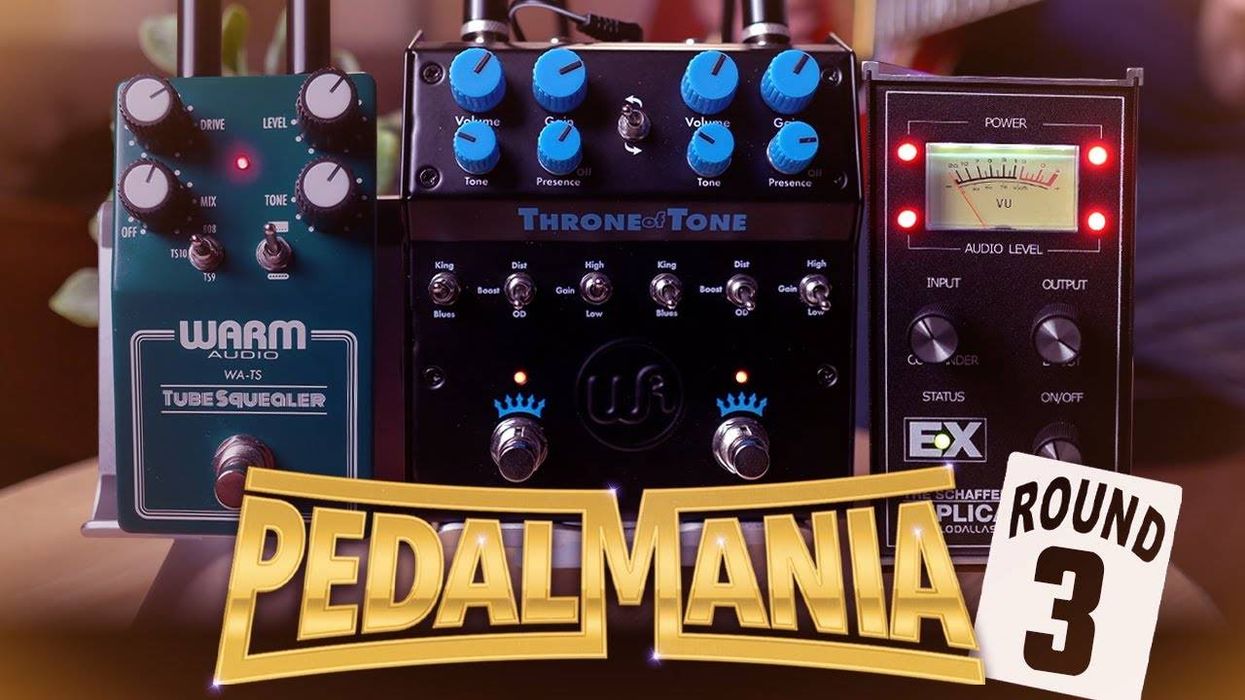

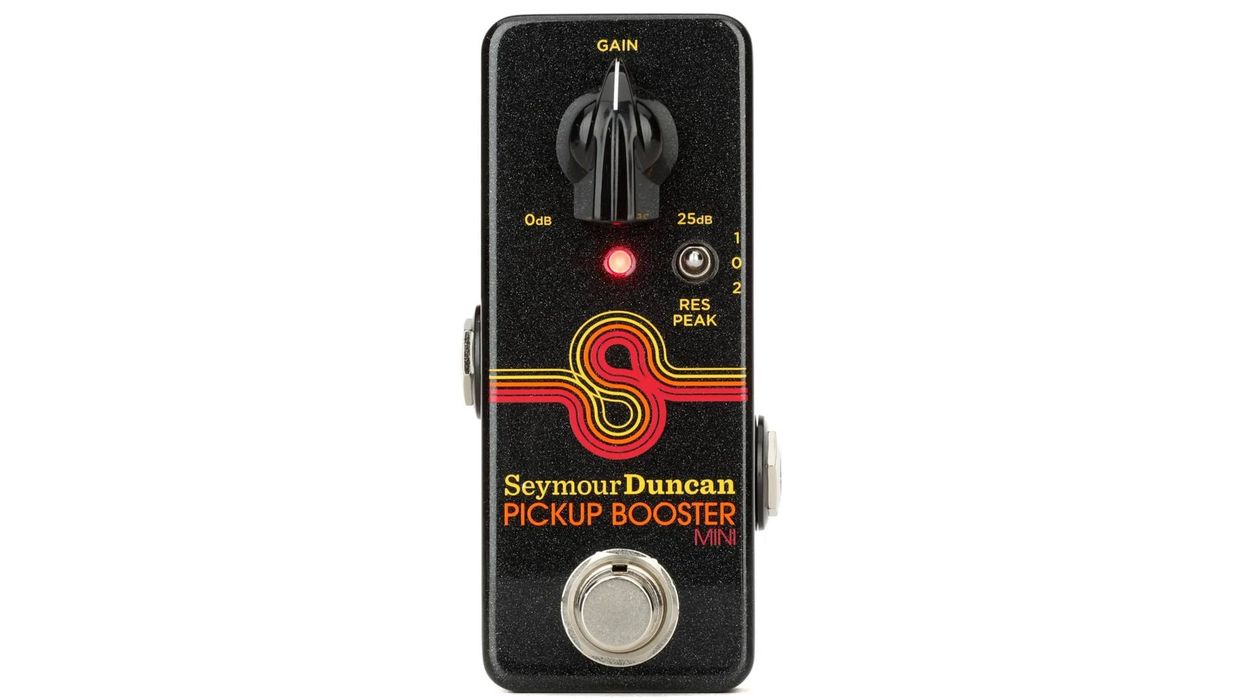


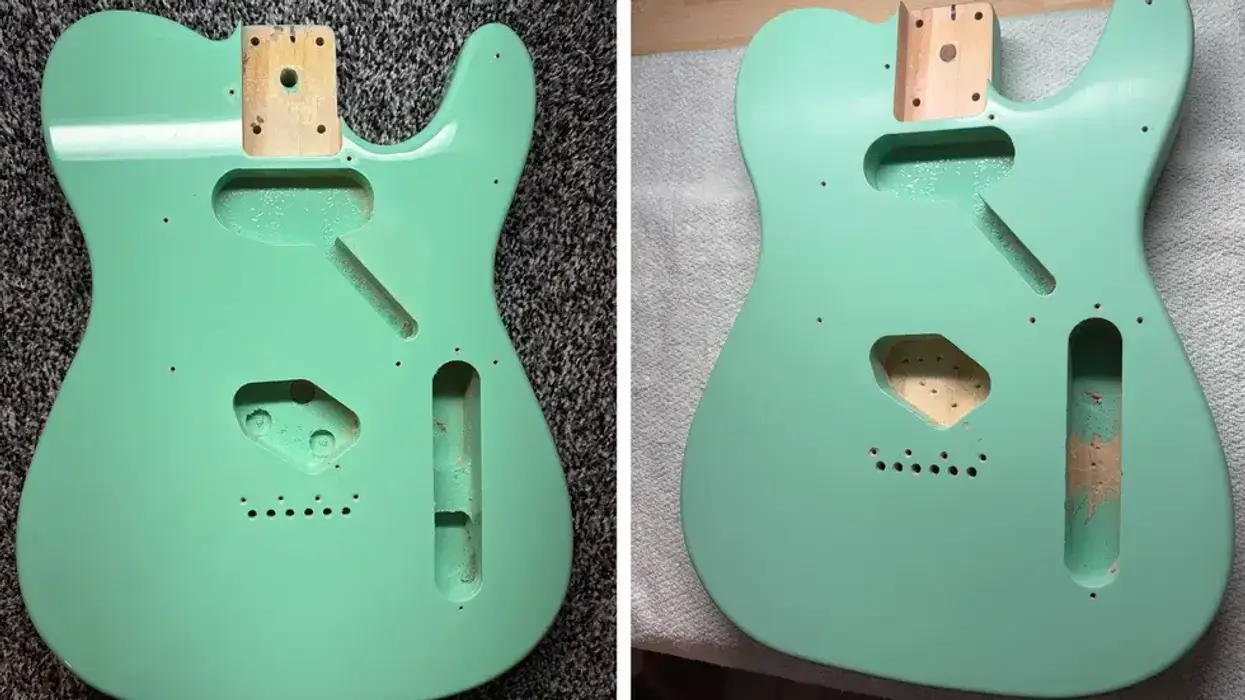
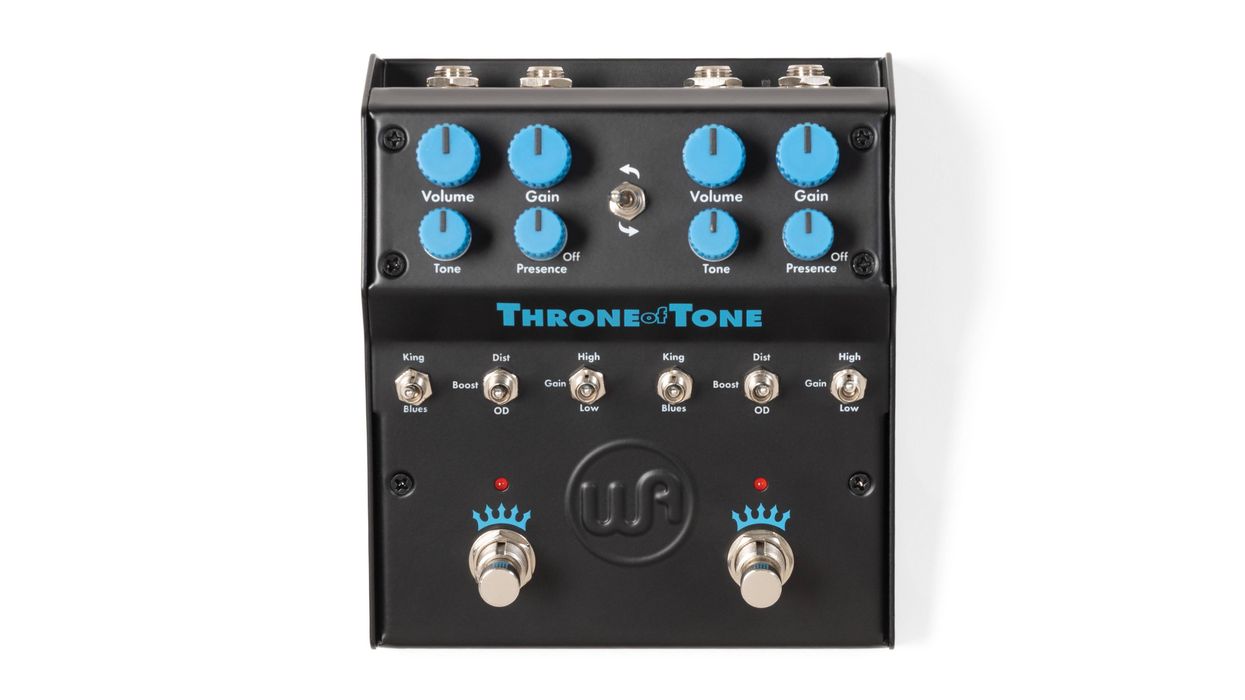

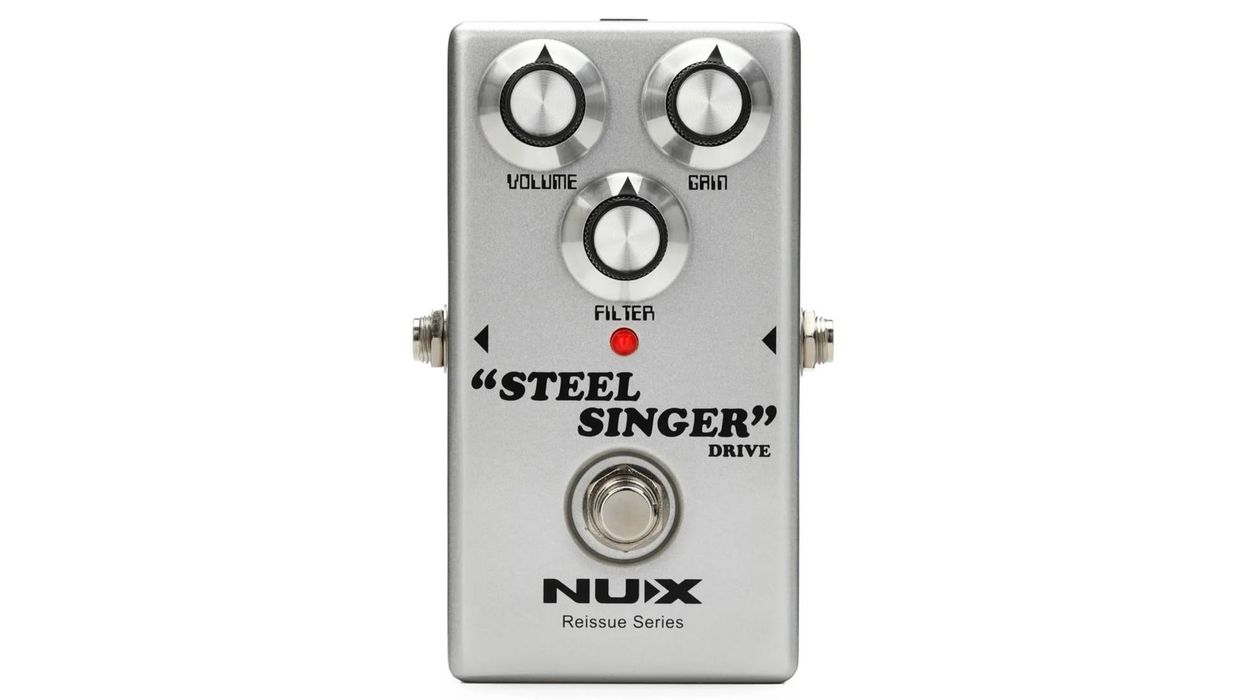
![Rig Rundown: AFI [2025]](https://www.premierguitar.com/media-library/youtube.jpg?id=62064741&width=1245&height=700&quality=70&coordinates=0%2C0%2C0%2C0)












 Shop Scott's Rig
Shop Scott's Rig